Château Lafite Rothschild Pauillac, France | Surface area: 11,000m² / 11,000 sq. ft.
Château Lafite Rothschild:Renovation and extension of a winery
Mission : Analysis, Feasibility, Programming, Competition Organization


Mission : Analysis, Feasibility, Programming, Competition Organization
Renowned for the excellence of its wines worldwide, the Domaines Barons de Rothschild (Lafite) group owns vineyards on several continents, but the heart of its story is in Pauillac, the Bordeaux region in France. Its values and philosophy are rooted in the terroir of Château Lafite, owned by the Rothschild family since 1868.
Having undergone no significant transformation since 1986, the winery was in need of extensive renovation. It was against this backdrop that Saskia de Rothschild contacted us to organize an architectural competition for Chateau Lafite Rothschild.
-


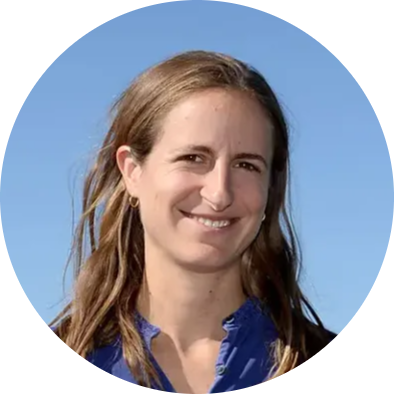
Hello Mathias,
We plan to renovate our winery to optimize production flows. I'd like to talk to you about organizing an architectural competition. -


Hello Saskia,
We would be delighted to discuss your project with you. Especially since the Lafite winery, with Ricardo Bofill's contribution, is so emblematic!
When are you available to discuss this? -



In fact, our circular winery is to remain as it is, and the work will be carried out in the other buildings.
Let's plan a meeting in Paris next week if you're available.
Context
Which architect for Château Lafite Rothschild?
The domain has reached a crucial point in its development. The organization of the wine-making areas is the result of successive expansions. It has become essential not only to increase the usable surface area, but also to question the entire current circuit and review the allocation of spaces in order to improve wine-making conditions, anticipate technical developments without betraying the heritage and memory of the site, and respond to new environmental challenges. In the late 80s, architect Ricardo Bofill’s first intervention extended the winery’s space, creating a solemn, almost religioussetting that is still remembered today by everyone who visits Lafite.
In 2017, at just 30 years of age, Saskia de Rothschild took over from her father at the head of Domaines Barons de Rothschild. She therefore took on the responsibility of restructuring Château Lafite Rothschild. Her priority is to keep the emotion that emanates from teh estate intact, while satisfying the new technical needs. Her aim is to move forward with humility, in the face of the centuries of history that have built Lafite.
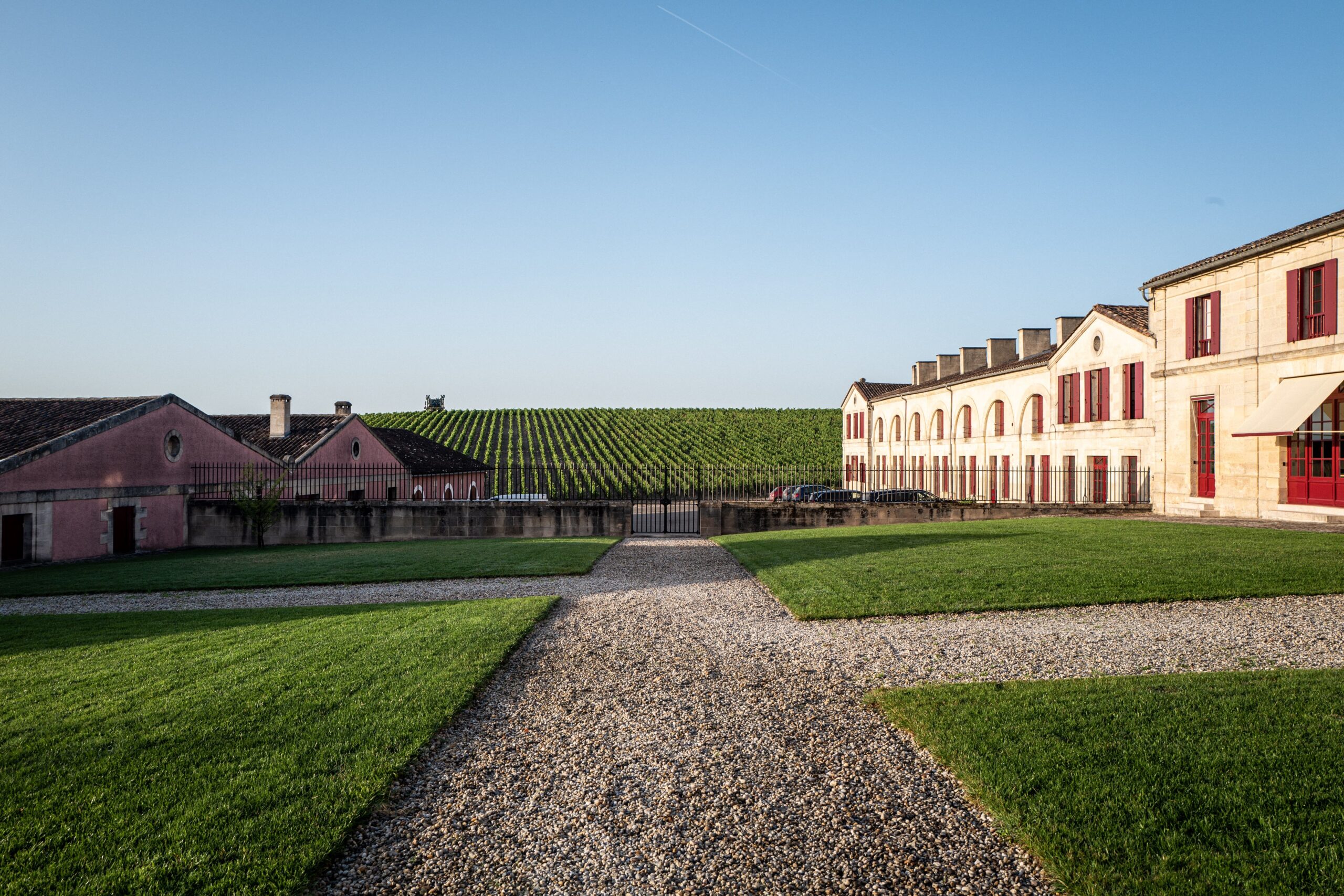

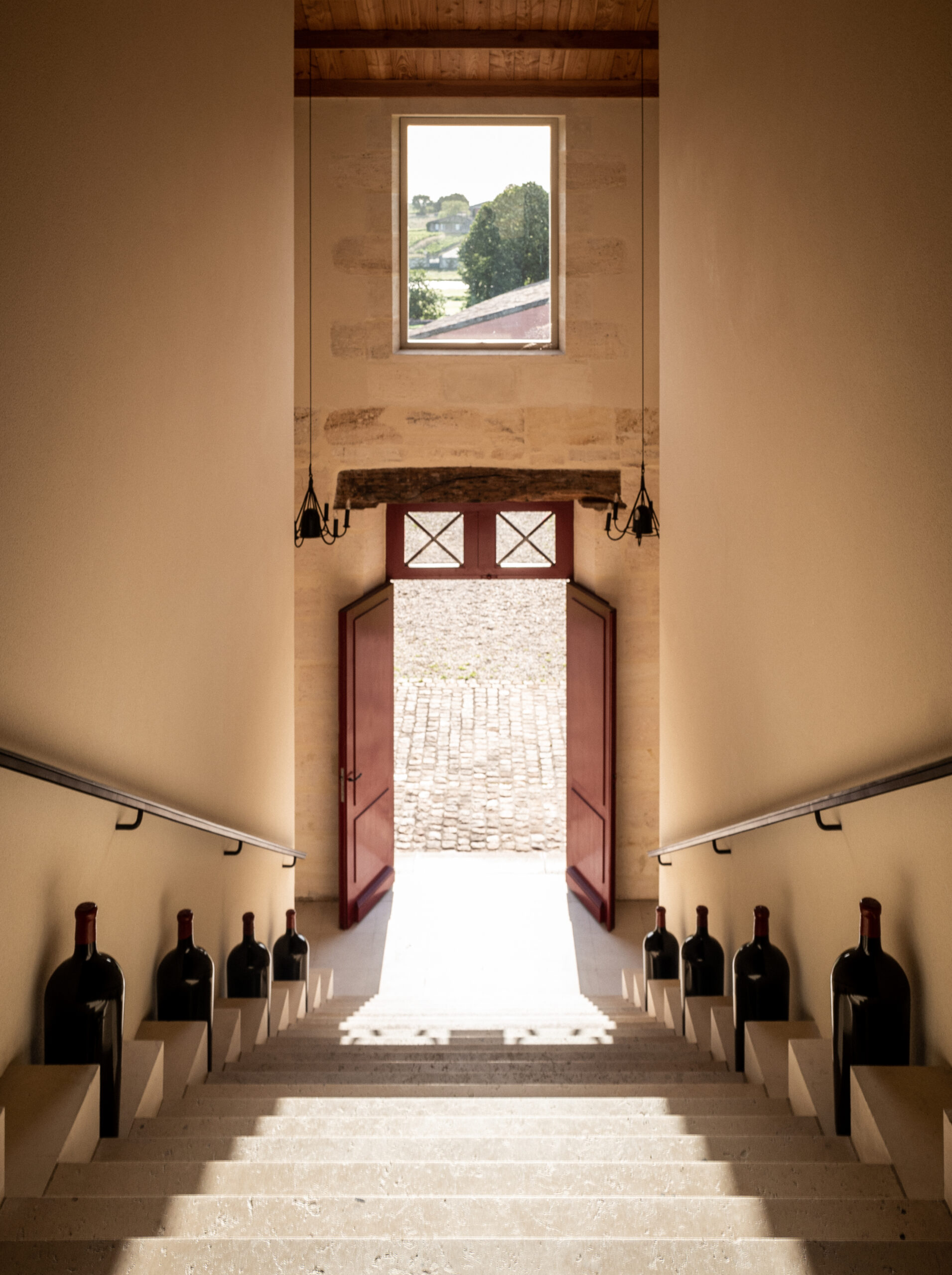

The program
The need for process excellence
Jewel of the Domaines Barons de Rothschild group, Lafite is a legendary wine, as is its existing winery. With the passage of time and the increase in production necessitating in-depth renovation, the architectural programming task was a daunting one.
To meet the requirements of the Lafite family and team, we focused our research on 3 main areas:
- Excellence in the process: As the quest for excellence is perpetual at Lafite, and part of the daily life of every worker involved in any way in the production of its wine, it was only natural that the same should apply to this large-scale project. It represents a real turning point for the field. Choosing the architect through a competitive process was therefore an obvious choice.
Our assignment began with an inventory of the existing situation and its malfunctions, and of the project owner's intentions. The various teams working on Lafite were then brought together to coordinate their work.
Multiple on-site meetings were necessary to understand the site and its genius, the almost irrational sentimental attachment to certain spaces, and to be confronted with the dilemma of what the project should be from a technical point of view, and what it could be from a historical, emotional and family point of view. - Confrontation of scenarios: Different scenarios developed that meet the owner's main criteria. One of them caught their attention, as a discussion tool for use by candidates. As a functional organization chart summarizing the architectural program and the expectations of the Owner.
These organizational and spatial hypotheses, respecting the budget and site, regulatory and historical constraints, allowed the owner to check the feasibility of her intentions and prioritize them while rethinking their wine-making process. - A resilient estate: Beyond the programmatic elements, the estate had an even broader ambition for its complete restructuring project: to engage in a resilient approach. Preserving the environment is an obvious priority if you want to maintain the quality of your wine. Designing a project that uses natural resources sparingly is not just an ambition, but the only way to ensure that the estate's architecture is consistent with its philosophy and values.
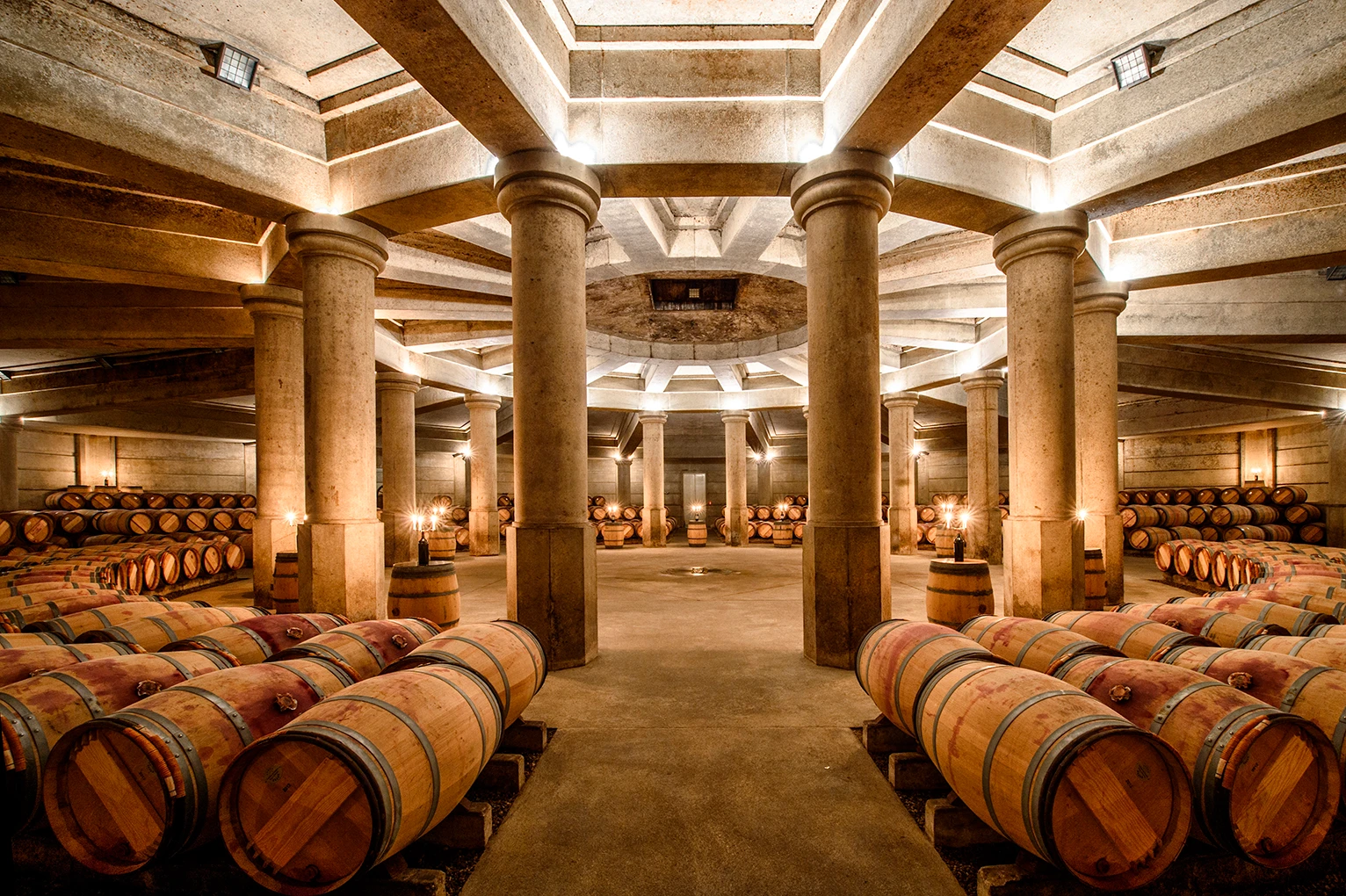

Architectural competition
Conviviality and emotion
In order to select the 5 teams admitted to the competition, the owner was able to discuss with the architects whose portfolios and references corresponded to her expectations. It was essential to select teams whose philosophy, values and personality were in symbiosis with those of the client, who also took into consideration the human dimension, the quality of exchanges and her sensitive intuition.
The selection of teams admitted to the competition reflects the plurality of applications, with a Pritzker Prize, 2 young gems, an Englishman, some Spaniards…
During the site visit, the Château team was able to share its aspirations, create moments for informal encounters, and forge links with candidates in a warm atmosphere. Proof that our competitions are a source of conviviality.
For Saskia and her father, Baron Eric, the intermediate juries were emotional moments: for the first time in the estate’s history, architects looked at the entire site and process. Designing such a project meant entering into their intimacy, understanding their history and questioning their ancestral know-how without wavering. Solutions were found that had never been envisaged before, and a whole new world of possibilities opened up for writing Lafite’s new history.
The teams proved that it was possible to meet all the requirements of the estate, while respecting its heritage. Their innovation, enthusiasm and empathy enabled us to meet all Château Lafite Rothschild’s expectations, and even go beyond them by further improving the project. With a reversal of the directions proposed in the program and a key to an ideal process, it was the team led by architect Bernard Quirot that came out on top, winning all the votes after three months’ work.
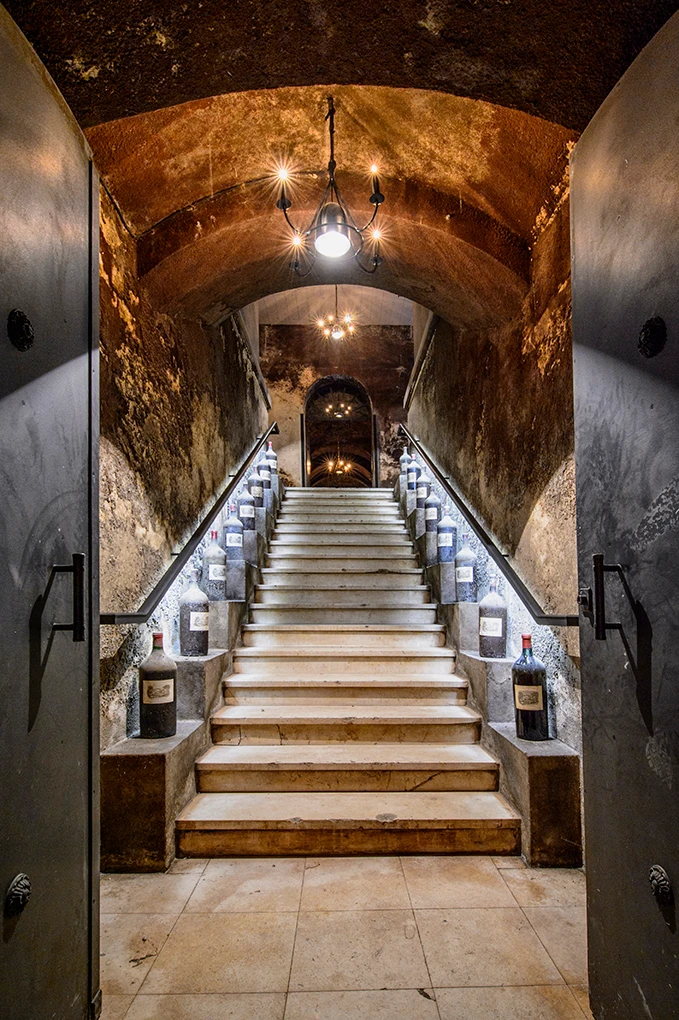

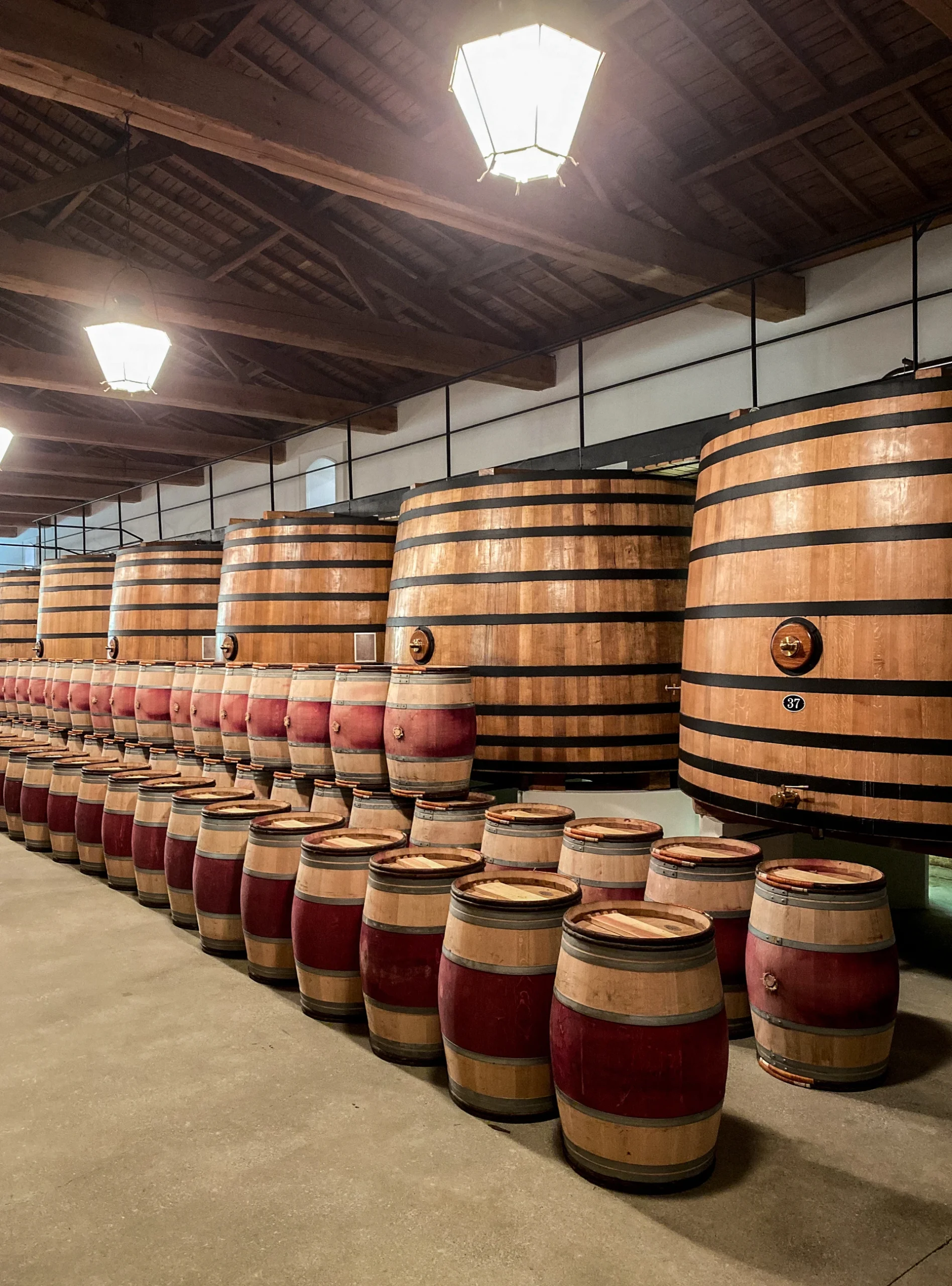

Project Management Studies
Renaissance
Once the competition was over, we were keen to support Saskia and her team in negotiations with the project management group, right up to the signing of the contract.
Design studies are currently underway. They are based on the elements agreed during the programming phase and the spatial proposals of the winning project. An adjustment variable between project and program is refined during design meetings and exchanges between Saskia and the commissioning architect. Their visions come together to give birth to the project.
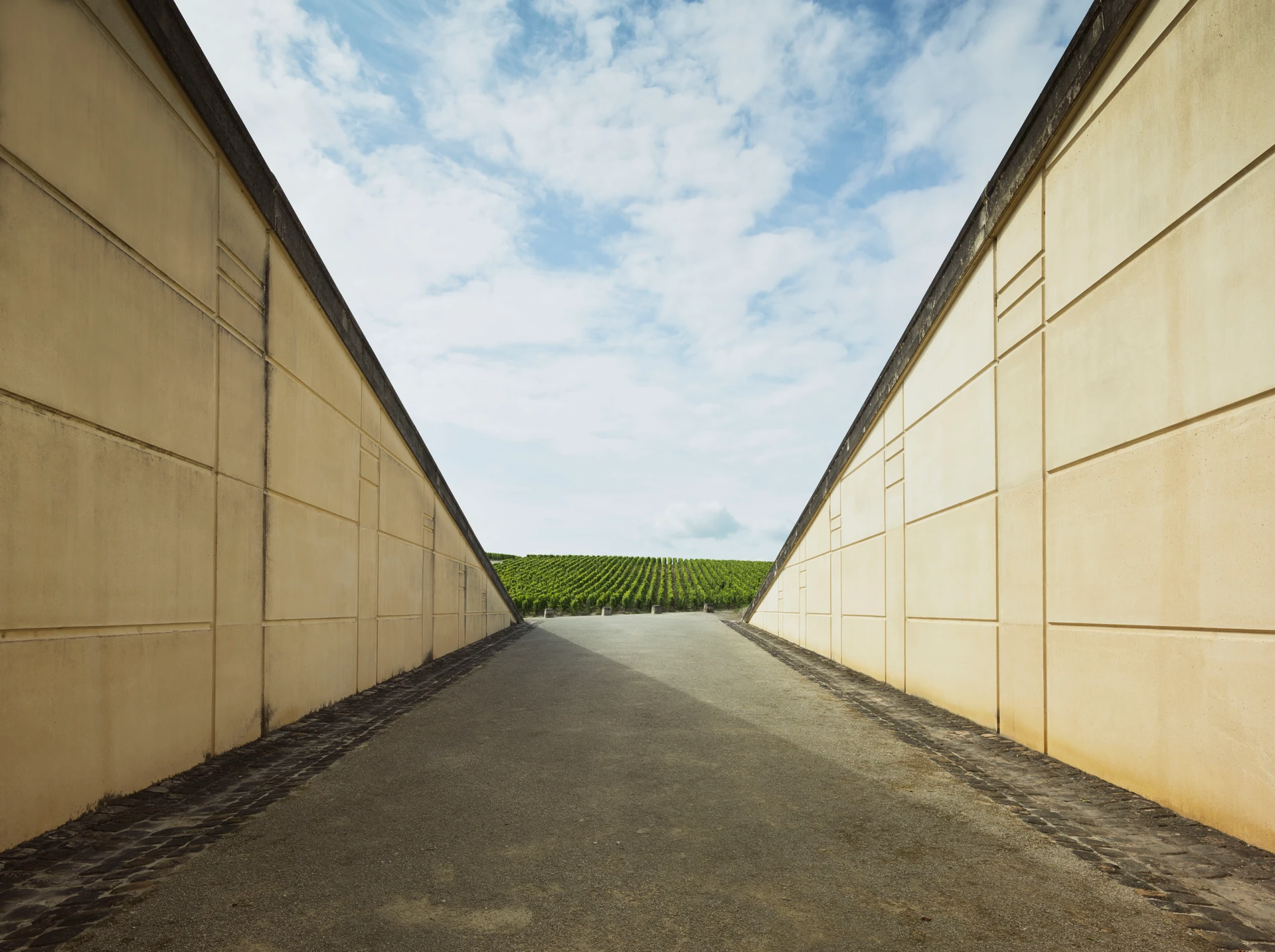

The winning project
Bernard Quirot Architecte & Atelier EGR


The winning project by Bernard Quirot, in association with Atelier EGR, involves the construction of a stone building set between the cellar buildings. The project has been evolving since the competition phase to adapt as closely as possible to the existing building. The usable area of the estate will be extended by 4,500 m² and 6,000 m² will be renovated.




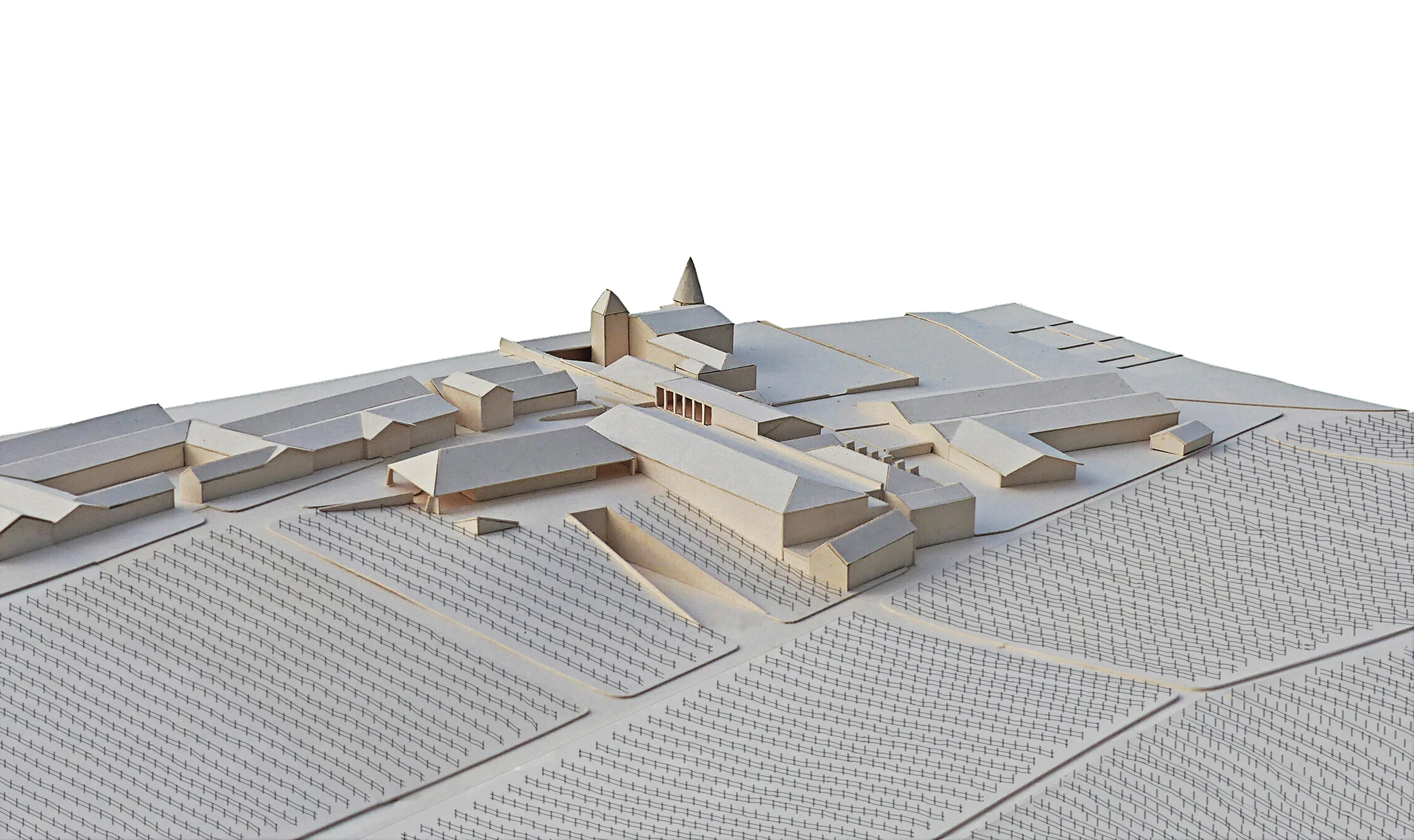



Les finalistes
HArquitectes + Plan común
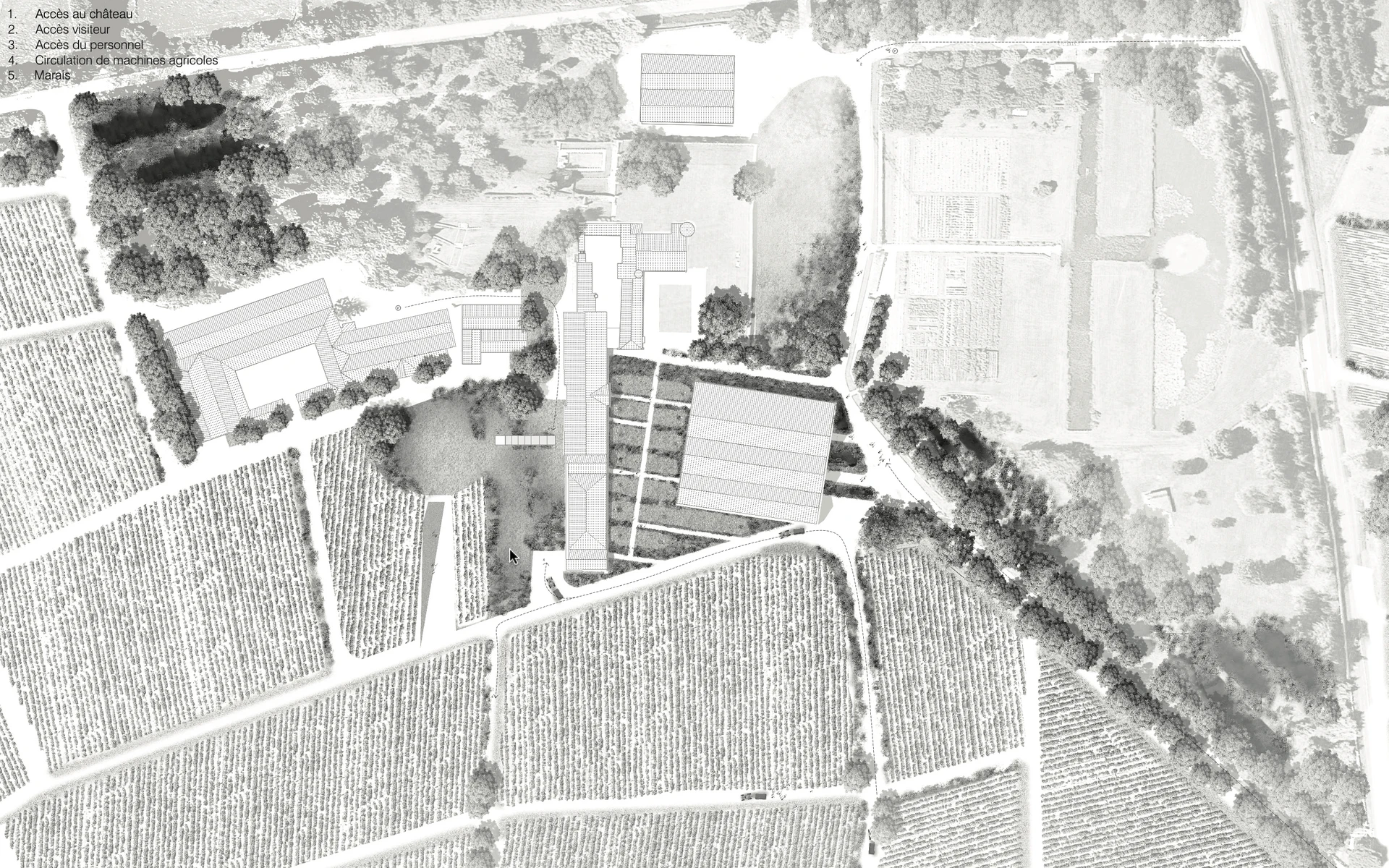



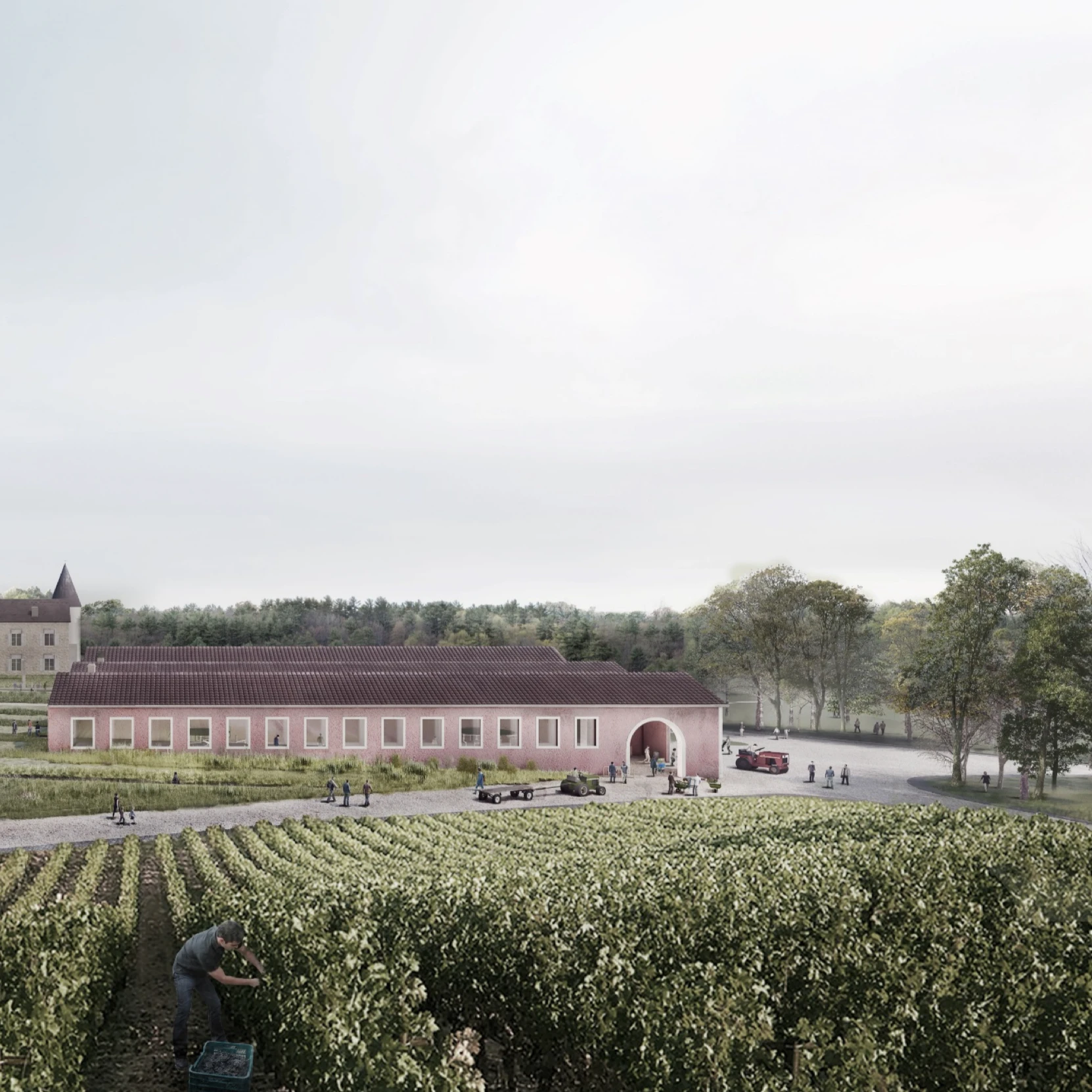

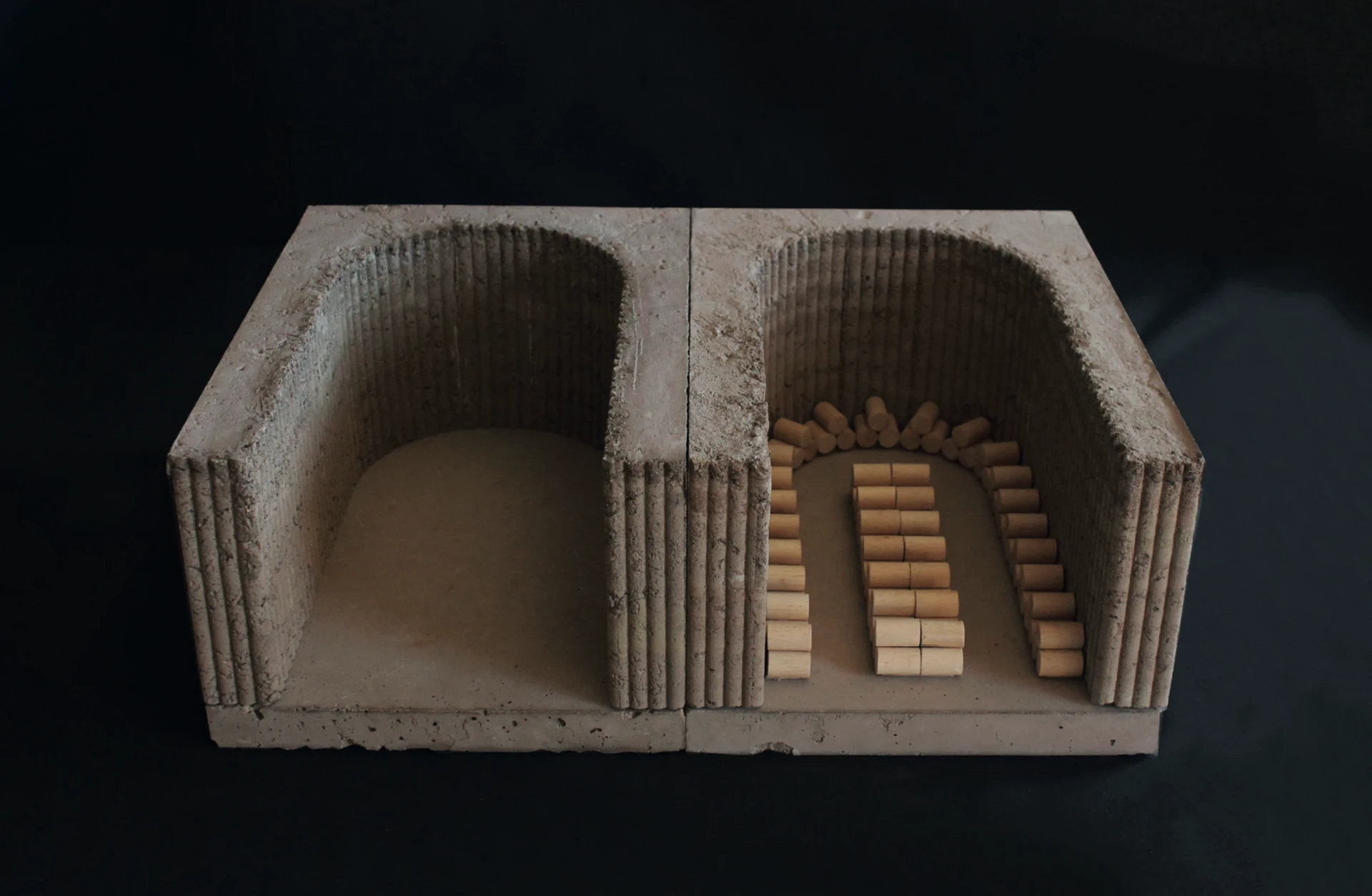





RCR Arquitectes




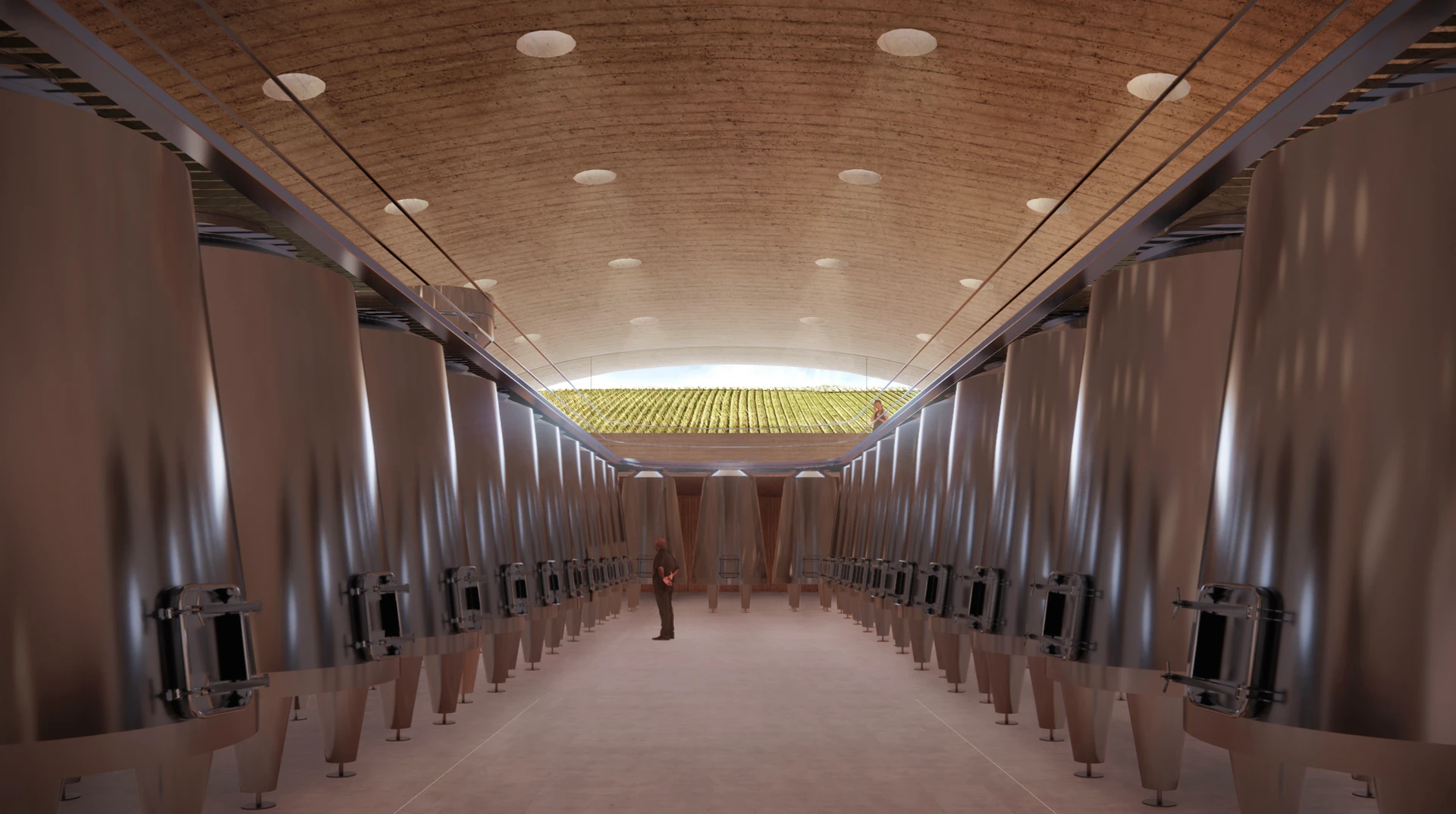



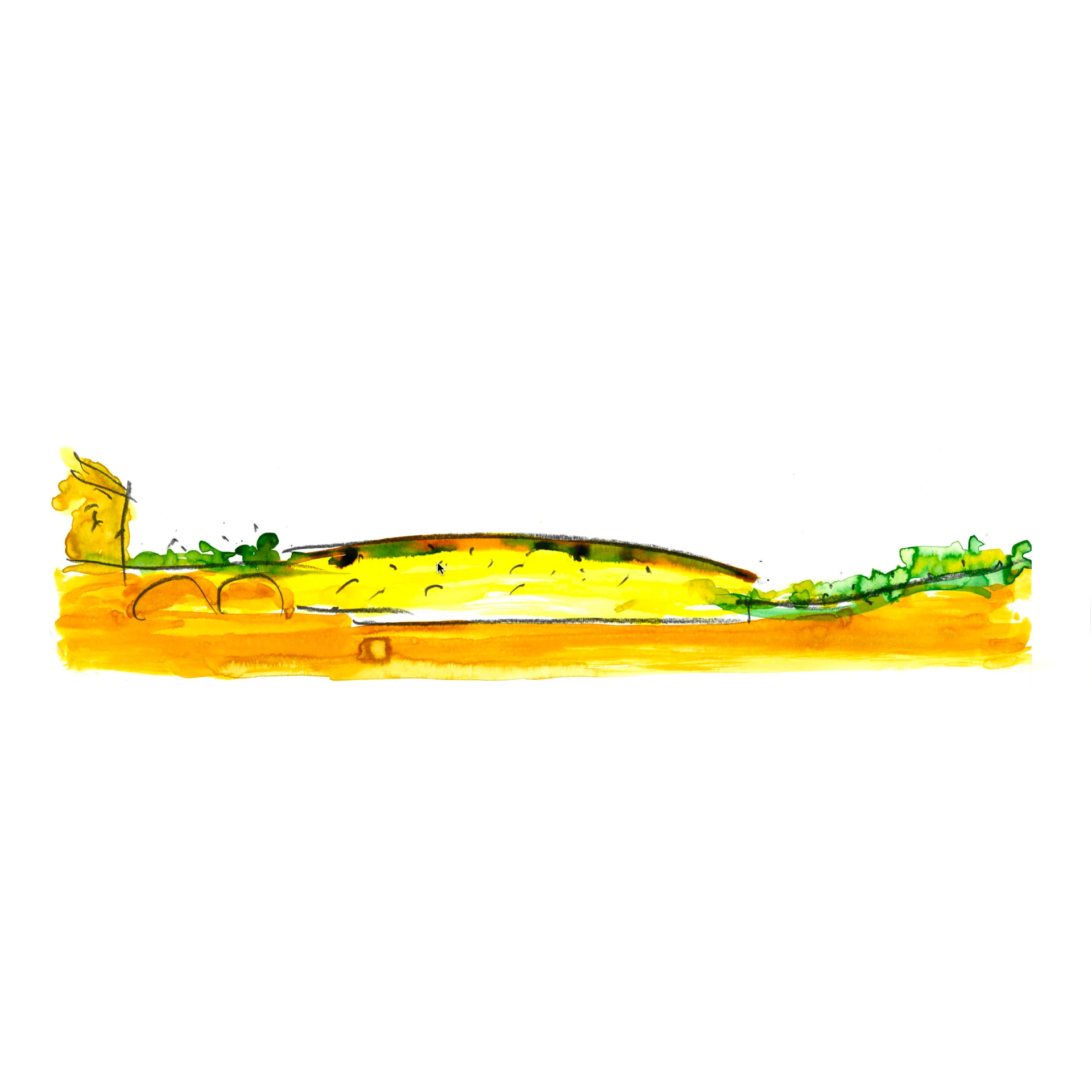



Antoine Dufour
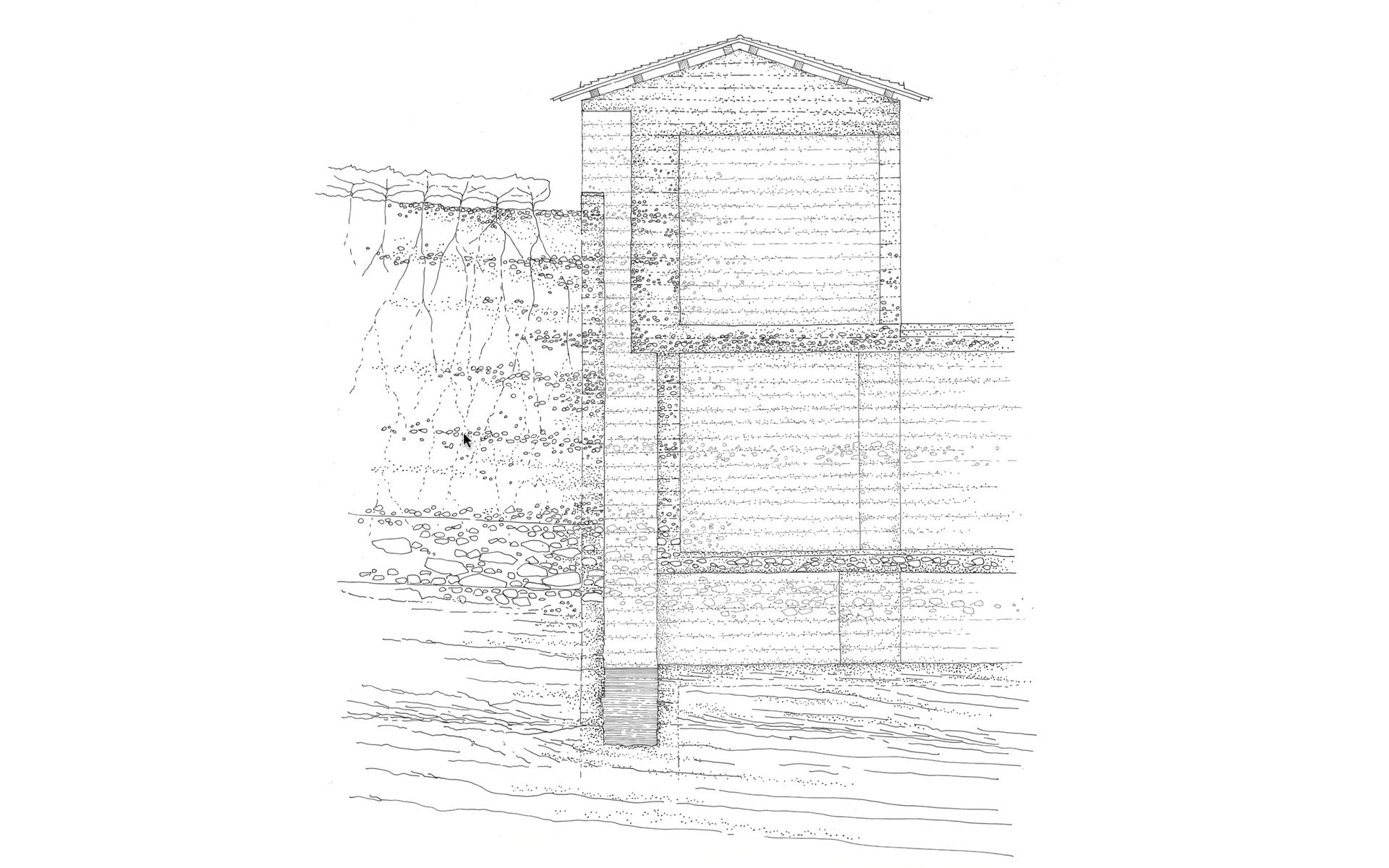



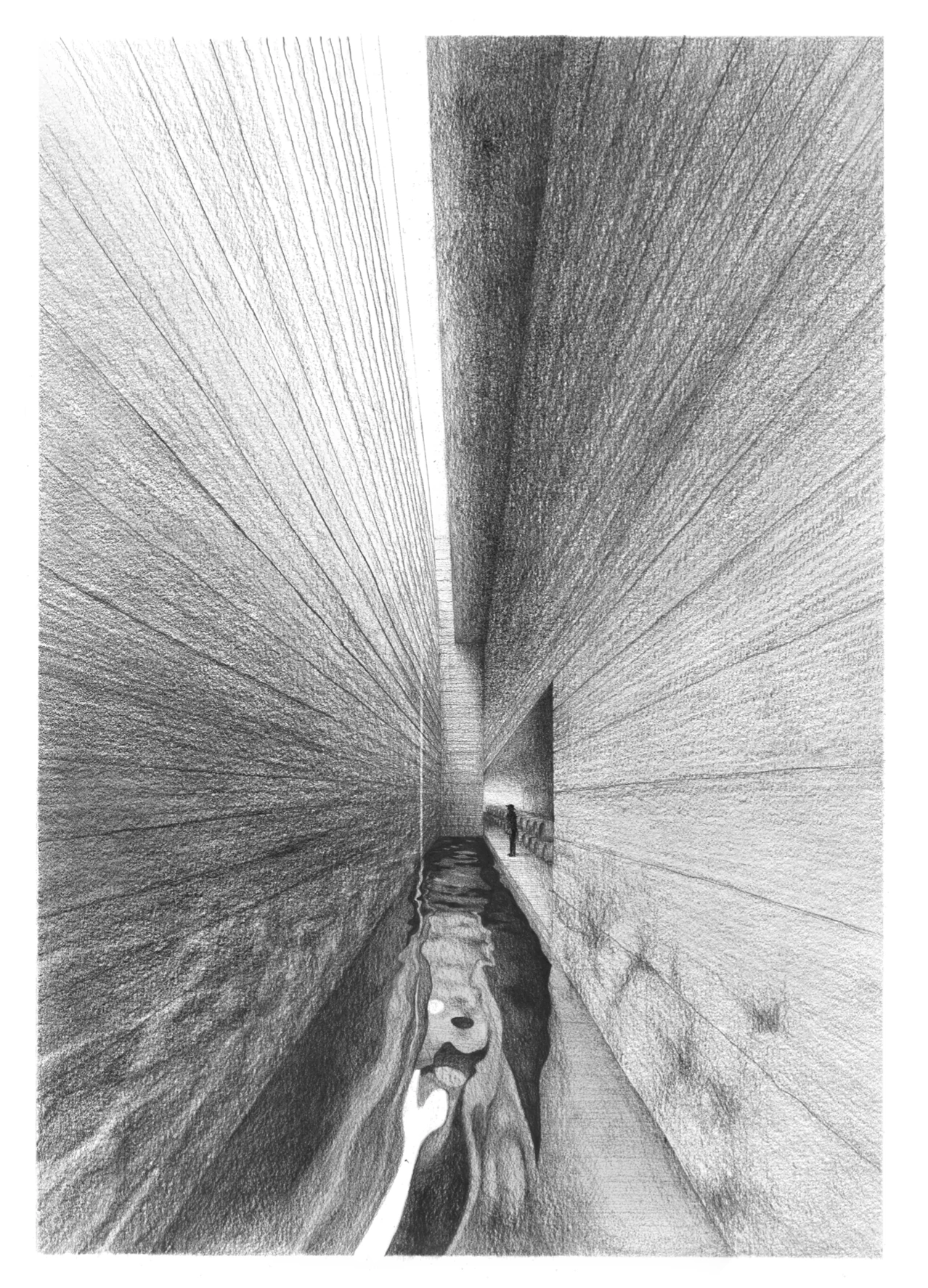



John Pawson + David Leclerc Architecture


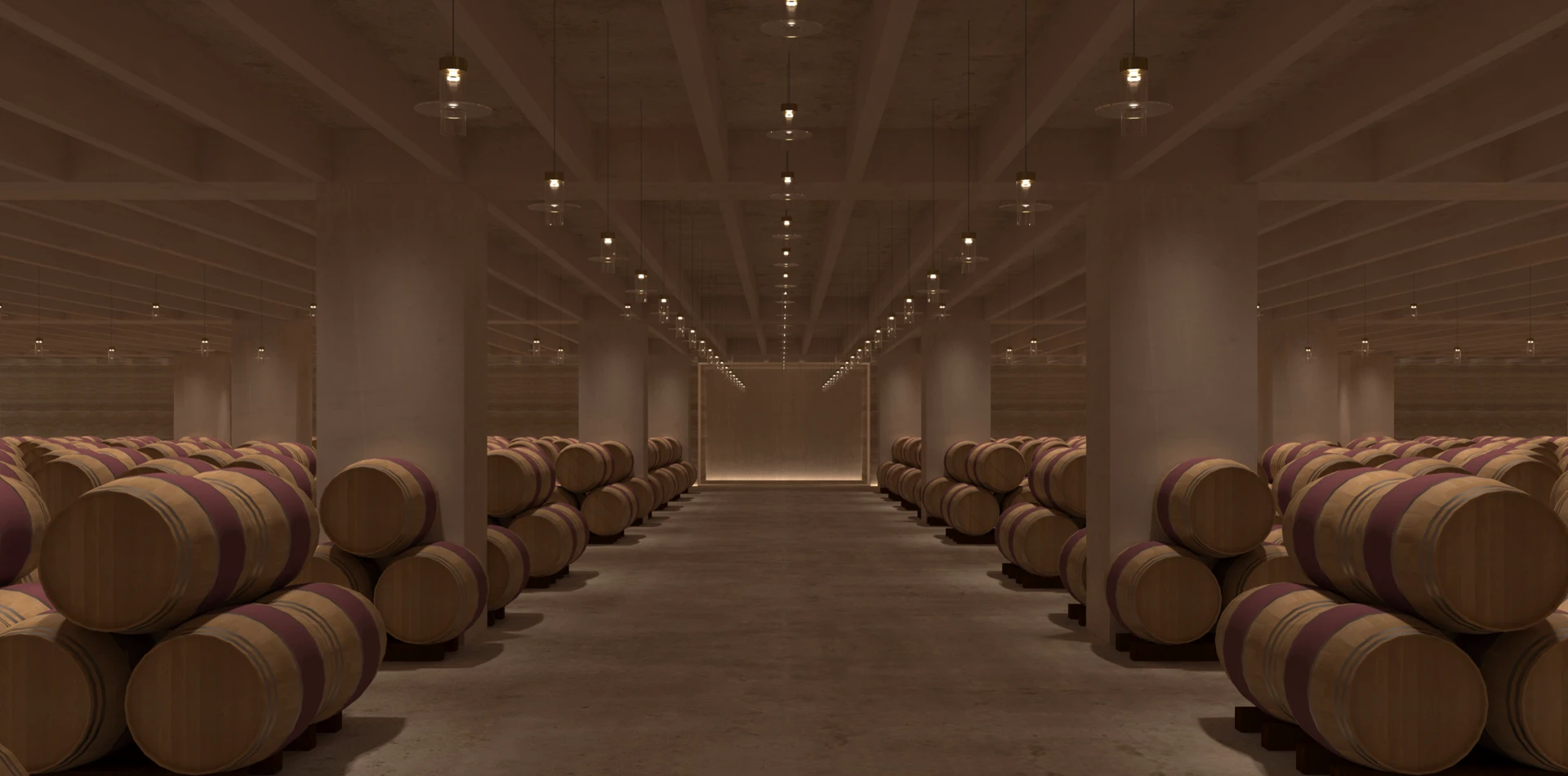



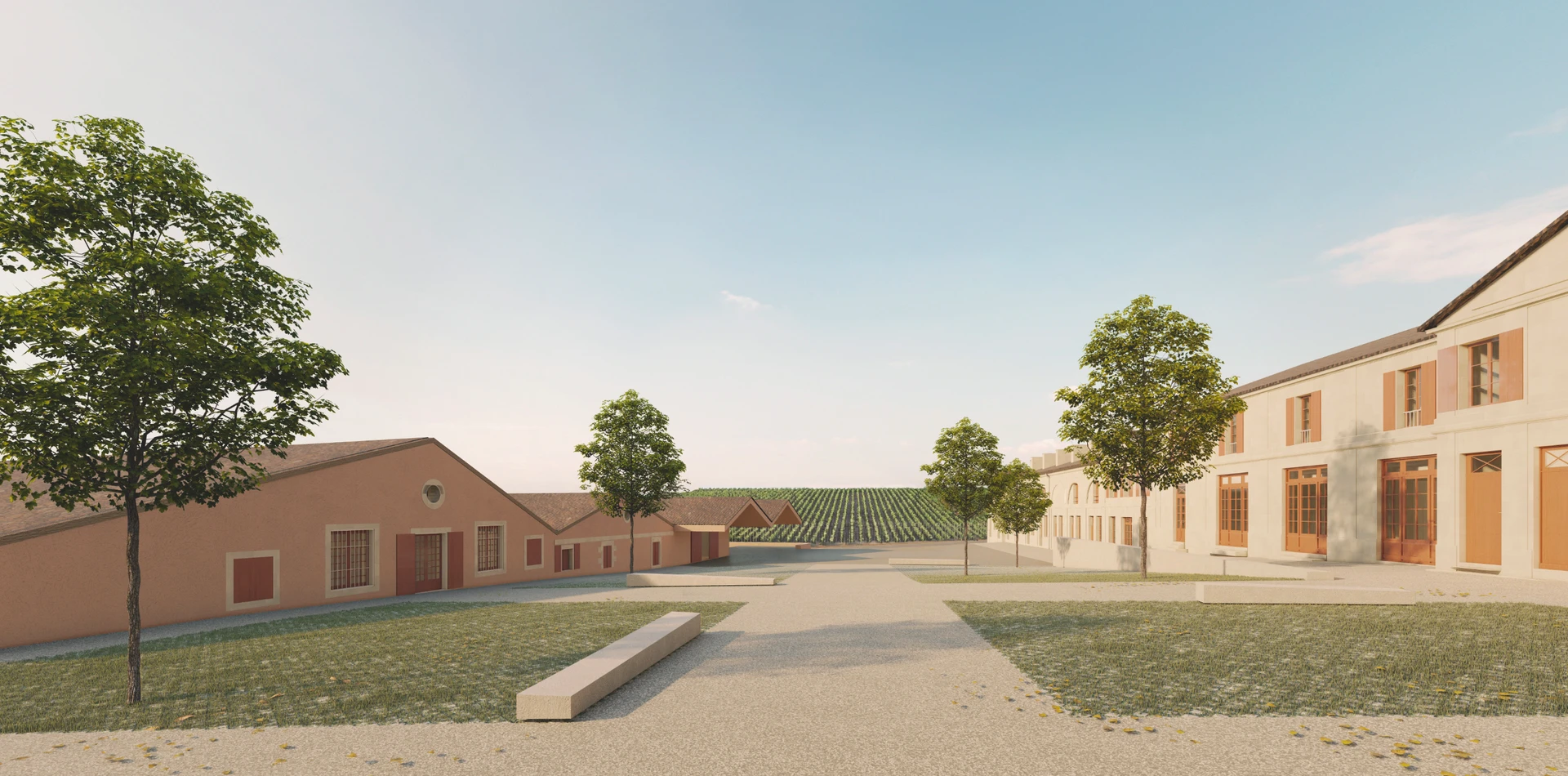

“Le concours le plus couru de l'année 2022”
AMC


“Le concours le plus couru de l'année 2022”
AMC


“Le concours le plus couru de l'année 2022”
AMC


“Le concours le plus couru de l'année 2022”
AMC


- See the previous project
- See the next project

